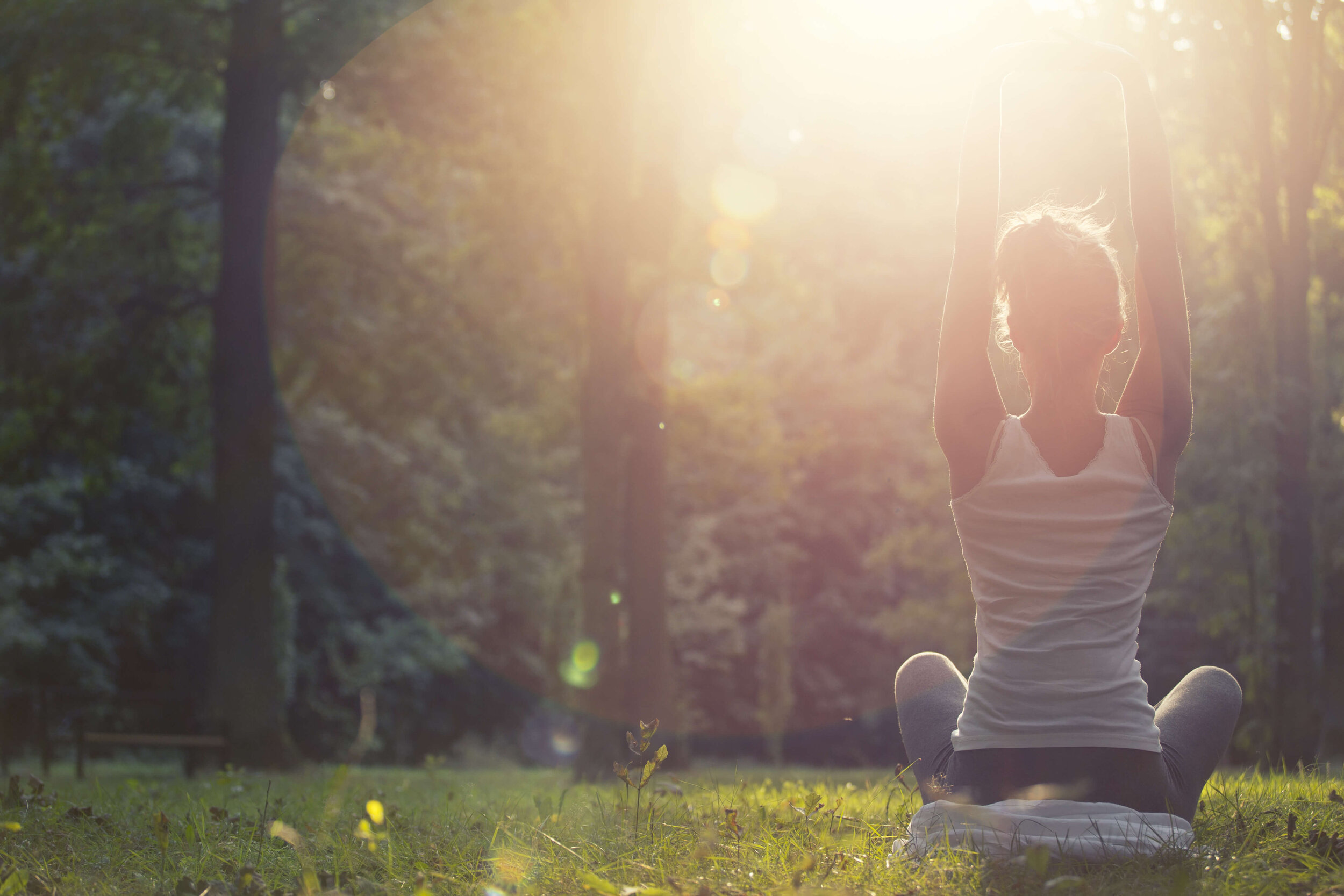
I use my 20 years’ experience in the equine industry, combined with my training in Pilates, Yoga and Biomechanics to enhance my client’s relationship with their horse, and improve their overall wellbeing.
Pilates.
Pilates has become increasingly popular with riders and for good reason. It was created by the physical trainer Joseph Pilates to assist with rehabilitation and to alleviate ill health.
Joseph was a sickly child, but was determined to improve his strength and health. To this end he experimented with multiple disciplines including, yoga, tai chi, martial arts and meditation. He combined this training with a study of the anatomy of humans and the movement of animals (including horses). This approach proved very successful and he became a professional boxer as well as an expert skier and diver.
Joseph spent time in the UK, but with the outbreak of the First World War, Joseph (of German origin) found himself interned as an enemy alien. Not one to sit about, he used this time to develop new and innovative approaches to exercise and body conditioning which ultimately came to be called pilates. This included developing systems for injured troops from the front using springs to exercise whilst confined to their hospital beds with very positive results.
Following the war he moved to the USA, opening a dance studio in New York and working with top dancers including Martha Graham and George Balanchine. The focus was on remaining balanced, toned and free from injuries.
Pilates made provision for the mental, as well as the physical, stating that;

“It is the mind itself which builds the body”
- Joseph Pilates
Pilates centres around 8 principles, all of which are directly applicable to riding.
By applying these principles in training and with small adjustments in other daily activities, clients have repeatedly reported huge differences in their riding and general wellbeing.
Concentration: Promoting a connection between mind and body.
Centering: A focus on the centre of the body.
Control: Of body movement.
Precision: Precision of movement to ensure better body function.
Breathing: Its importance is often underestimated, but vital to improve balance, focus and concentration.
Alignment: Correct alignment requires an awareness from head to toe
Flow: Grace ease of movement and fluidity.
Integration: Breathing, control and precision come together to support and transform movement.
Yoga.
Like pilates, yoga is becoming increasingly popular in the equine world. I work with clients to tailor the most beneficial aspects of this discipline and make it relevant to riders.
Yoga involves the complex use and interaction of Asanas (body postures) breathing and meditation. It offers a way of connecting body and mind to create overall wellbeing. It looks to achieve a balance between the physical, mental and spiritual.
I incorporate these poses and lessons within my training and programme to maximise the benefit to my clients for their riding and overall wellbeing. This wholistic approach also incorporates my training in biomechanics.

“True yoga is not about the shape of your body, but the shape of your life. Yoga is not to be performed; yoga is to be lived. Yoga doesn’t care about what you have been; yoga cares about the person you are becoming. Yoga is designed for a vast and profound purpose, and for it to be truly called yoga, its essence must be embodied.”
- Aadil Palkhivala
Rider Biomechanics.
Rider biomechanics focuses on a combination of rider position and posture and the resultant influence on the horse. It is also the inspiration for the company name.
Good form and good function will create a positive influence on the horse’s way of going.
Form.
Extrinsic Biomechanics.
Think of this as your position on your horse.
In order to give our horse the best chance of going well, we need to sit symmetrically. This will improve balance and our overall effectiveness as a rider. For example, if we tip or lean forward, we become unbalanced and in turn make it difficult for the horse to balance. A key focus of my training is the need for good posture, position and performance, as well as learning to move with your horse.
How often have you heard your instructor tell you to ‘Put your heels down,’ ‘Sit up’ or ‘Stop moving your hands?’
These prompts will encourage the rider to temporarily correct their position, but before long the problem re-emerges. Why? More often than not, the rider’s body is not sufficiently mobile, flexible balanced and / or strong enough to maintain the correct position. Working together we can achieve lasting change.
Scales of training.
Small, simple corrections and changes can result in a massive improvement in both you as a rider and in your horse’s performance.
By relating the scales of training to ourselves, not just our horses, we can achieve much better results.
Image from www.horseandrider.co.uk
Function.
Intrinsic Biomechanics.
Intrinsic biomechanics looks at the internal function of the body, and this combined with pilates and yoga, can address some of the root causes of challenges faced by riders.
Put simply, if you improve your body’s function, you will improve your position. For example, if a rider is tight through their lower back, we can work to address this, mobilising the area, improving core control and in doing so, improve their function through seat and position. These building blocks serve to identify root causes and, combined with the other disciplines, offer real and lasting change, transforming your relationship with your horse, and improving your overall well being


